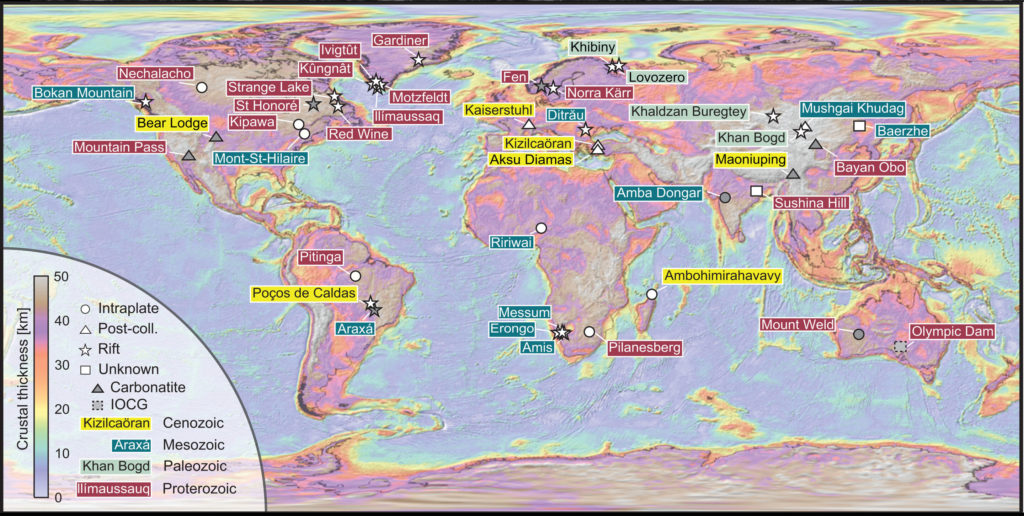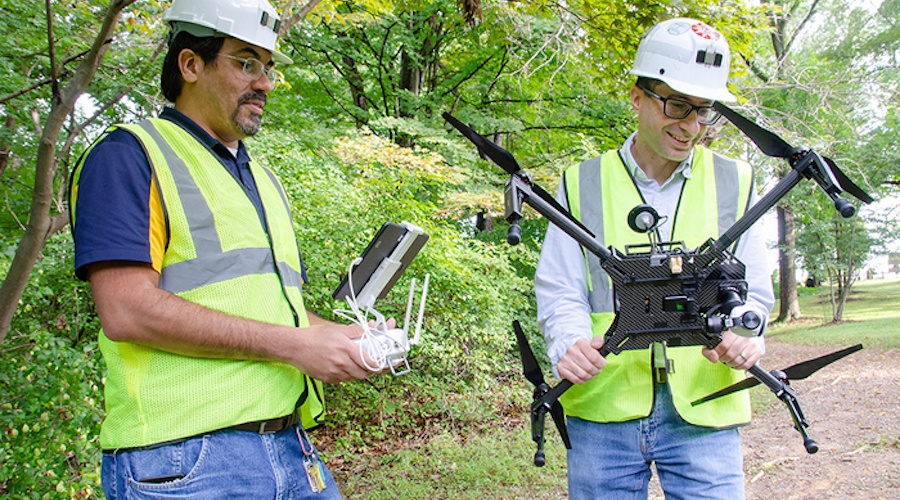New 3D geological model expected to help guide exploration of rare earth elements

In a paper published in the journal Economic Geology, the researchers point out that despite the growing importance of these essential raw materials, exploration models for REE are comparatively less developed than those for major and precious metals such as iron, copper and gold.
To address this, the teams involved in the project decided to use both geophysical and geochemical approaches to create their model. In other words, their solution is based on a compilation of maps, geophysical and geochemical data, and petrological observations from alkaline igneous systems worldwide.
According to the experts, groups of alkaline igneous rocks with a common geological history occur at many localities around the world and are common hosts of REE deposits.

“Because historical demand for the REEs has been low, their supply chains are dominated by a handful of countries who invested early,” Charles Beard, a research associate at the University of Cambridge and lead author of the study, said in a media statement.
“Our understanding of the geology of REE deposits was largely based on details studies of individual occurrences, with a host of complex local nomenclature—a barrier to exploration, relative to more mature commodities such as copper or gold.”
Beard explained that the aim of this work was to generate a multiscale REE exploration guidebook of alkaline-silicate systems, to allow geologists to more efficiently locate prospective regions and REE deposits.
“This was done by synthesizing diverse observations from maps, geophysical models and geochemical indicators to generate a workflow for explorers that is applicable from continental to deposit scale. The publication includes a schematic 3D model for alkaline-silicate systems showing the position of various types of critical mineral deposits,” he said.
The 3D model is specially directed at geologists new to alkaline rocks so that they can quickly learn the key points to guide the search for REEs.
This post has been syndicated from a third-party source. View the original article here.

